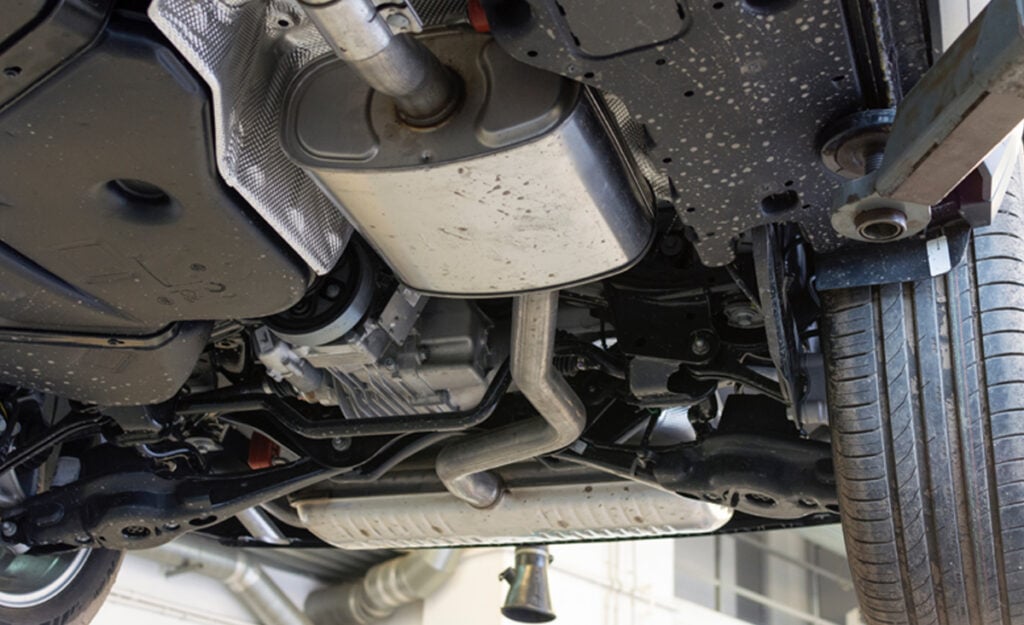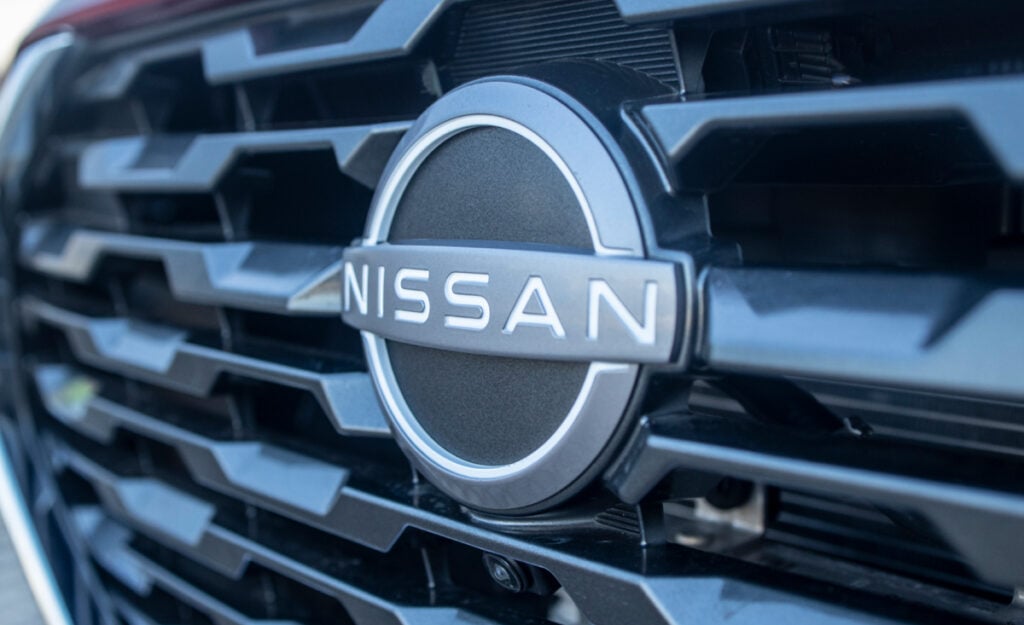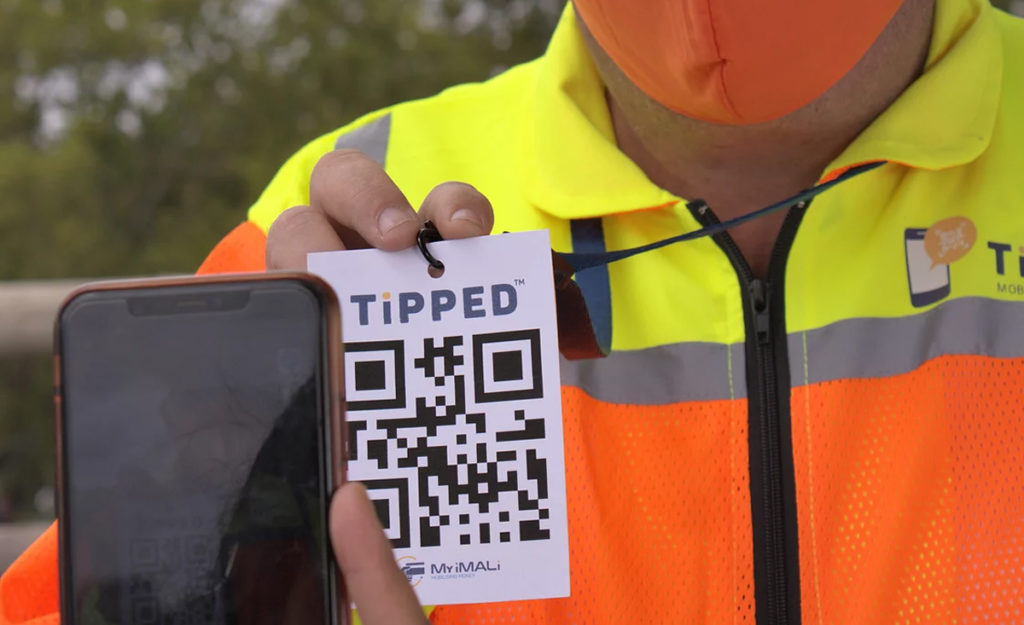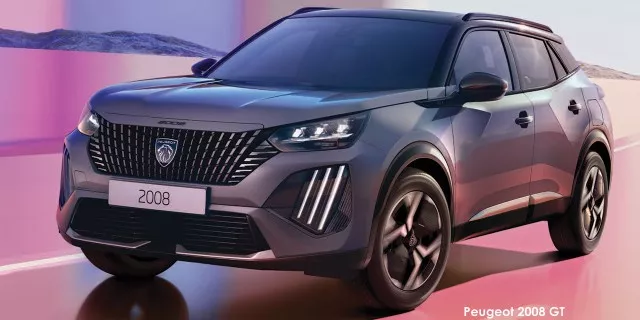VW’s South African Polo factory hit by floods – But there is good news

VW’s Kariega production plant in the Eastern Cape has been hit by floods as a result of intense rainfall in the area over the weekend.
The local factory is responsible for the production of the Polo and Polo Vivo hatchbacks.
Fortunately, a company representative confirmed to TopAuto that the waters have not resulted in any delays on the assembly line so deliveries and exports should continue unabated.
What’s been affected
Much of South Africa has recently been enveloped in a cold front resulting in dropping temperatures and high rainfall in certain provinces.
Parts of the Eastern Cape have received more than 270mm of rain in just a few days, overwhelming the drainage systems and causing severe flooding.
The worst affected areas include East London, Gqeberha, and Kariega, the latter of which is where Volkswagen South Africa’s (VWSA) factory is located.
Fortunately, the plant itself was spared the worst of the weather, as only two sections were partially flooded.
The automaker confirmed that its Body and Press Shops were hit by the water, but that its staff were able to mop up the floors on Sunday in time for the production shift on Monday morning and that no lasting damage had been done.
Importantly, this means that the assembly of the popular Polo and Polo Vivo is unaffected and that the factory will continue to pump out over 700 models per day both for the local market and as an export bound for Europe.
The rest of the province was not as lucky, however, as the rising water levels have damaged towns leading to the displacement of more than 1,000 people, according to EWN.
This includes some of the staff employed at the Kariega plant, though production is continuing at its normal rate, according to VWSA.
Not the first time for a South African carmaker
In May 2022, Toyota’s Prospecton factory near Durban in KwaZulu-Natal was badly damaged by intense floods that submerged large parts of the premises.
Roughly 88% of the vehicles on site had to be written off as a consequence of the harm caused by the water, mud, sand, and other debris.
Toyota South Africa Motors quickly received aid from its Japanese parent company, and the site was fully operational again by August of that year with several improvements made since to avoid another such catastrophe.










